Science Fiction (SF) is a huge genre. From space travel, to time travel, to utopian and dystopian governments, this genre gives us a wide array of stories and tropes. Science fiction is an amazing resource for readers— and you’re sure to find something powerful and inspiring in these popular sci-fi subgenres.
To discuss every subgenre of science fiction would be exhaustive, to say the least. So, I am highlighting the most popular top 20 subgenres of Sci-Fi, with meaningful novels and films as examples.

Here are the Top 20 Subgenres of Sci-Fi:
1. Hard SF. Hard SF portrays the technical integrity of the science it’s based on. At the heart of Hard SF is real-life science and indisputable facts. Notable authors working in this subgenre include Timothy Zahn, Greg Bear, and Arthur C. Clarke. Contact by Carl Sagan and Isaac Asimov’s Foundation series are classic examples. There are many notable female authors of hard SF including C.J. Cherryh, N.K. Jemsin, Ursula Le Guin, and Elizabeth Moon.
2. Apocalyptic. While most people don’t differeinate between apocalyptic and post-apocalyptic, there is a difference. Apocalyptic stories depict a familiar popculture scenario, a non-religious ‘end of the world’. Usually there is a group of survivors who undergo immense hardships.
For example. Susan Torian Olan’s novel, The Earth Remembers is a powerful apocalyptic novel. Equally impactful, the nuclear war ends events in Peter George’s novel, Red Alert filmed by Stanley Kubrick as Dr. Strangelove. A sudden pandemic destroys almost everyone in George R. Stewart’s novel Earth Abides.
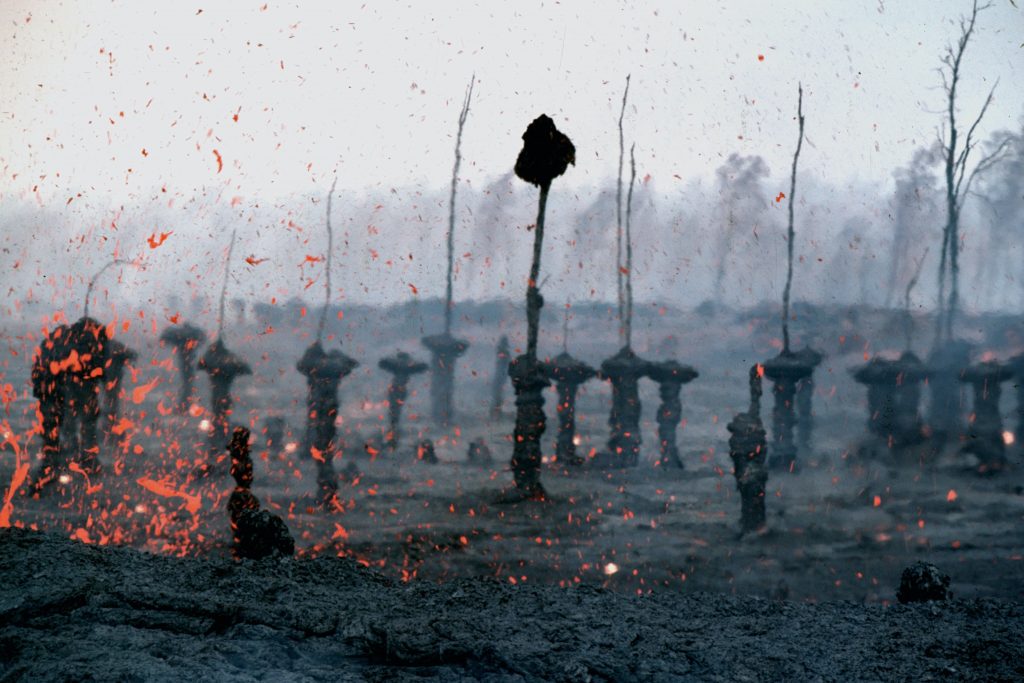
3. Post-Apocalyptic. Post-apocalyptic stories are set well after some vast upheaval and are much more popular than apocalyptic ones. Rather than showing the immediate aftermath, these stories depict a new society that has arisen from the destruction, usually here on Earth. Some excellent examples include Stephen King’s lengthy novel The Stand, Edgar Pangborn’s novel Davy, and Max Brook’s World War Z . Popular films include A Quiet Place, Cloverfield Lane, I Am Legend, The Walking Dead, 12 Monkeys, Mad Max, Planet of the Apes, This is the End, and The Book of Eli.
4. Lost Worlds. This subgenre is one of the oldest SF varieties. The voyage results in discovery of wonders like dinosaurs or ancient technologies. Atlantis is a lost world, Middle-earth is an imaginary world. A lost world exists in an inaccessible place and usually contains a population that has long been isolated from our world. Lost worlds are different than imaginary worlds, which do not have a connection to history or geography.
Sir Arthur Conan Doyle’s novel The Lost World, based upon South America’s mysterious ‘tepui’ plateaus, lent its title to this subgenre. Later novels ‘discover’ isolated valleys in central Asia or elsewhere. John Darnton’s novel Neanderthal is a good example. Television’s popular series Lost, from J.J. Abrams, expanded the tradition with its bizarre isolated island whereas Jules Verne’s Journey to the Center of the Earth is more of a classic example.

5. Detective. In these stories, often set in the not-so-distant future, technology aids both criminals and law enforcement. Various short stories and poems like Angel Favazza’s “Cyborg Cop” utilize robotic police. This subgenre was popularized by Paul Verhoeven’s film, Robocop. Alfred Bester’s novel The Demolished Man depicts the deadly antics between psychic police and dangerous criminals.
6. Space Opera. This is a vast subgenre. And for good reason, it encompasses a lot of soft SF. Still, the basics include adventurous space explorers, interspecies romances, intergalactic adventure, and interplanetary allegiances.

Star Wars, StarTrek, and The Expanse are certainly among the most popular space operas. A few notable space opera books include Shards of Honor, by Lois McMaster Bujold, and the Dune series by Frank Herbert.
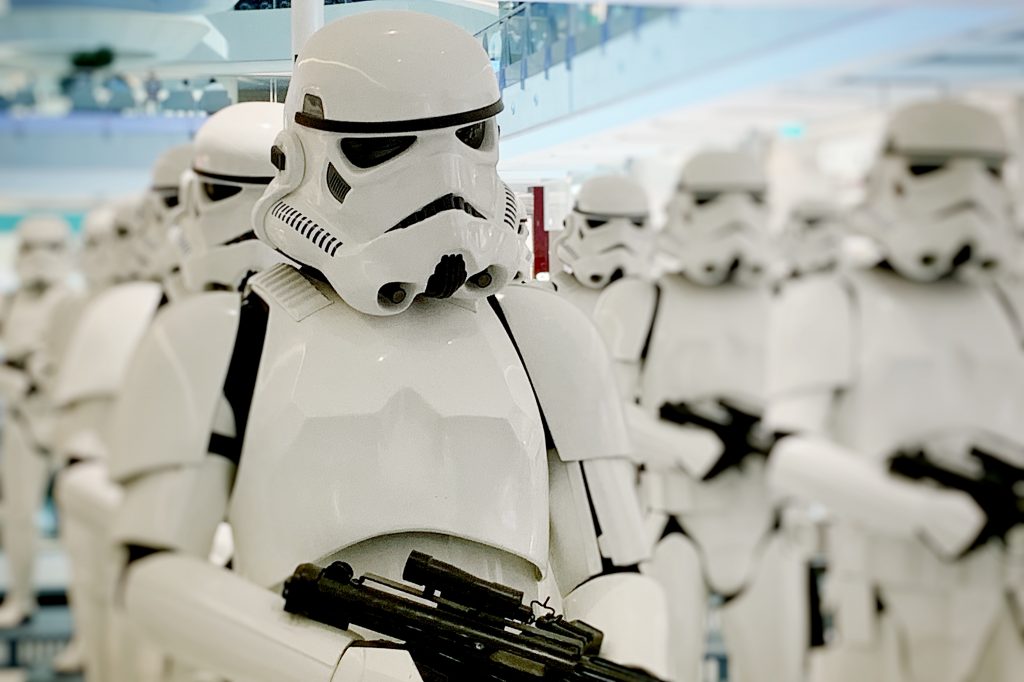
7. Alternate history. What would our world look like today if history had happened differently? As in Philip K. Dick’s The Man in the High Castle, the U.S. lost the war against the Axis Powers. And in Nisi Shawl’s Everfair, safeties had been put in place in Africa for survivors of the slave trade. Alternate history books take compelling ‘what if’ questions and use them to build interpretations of our world that are compelling and thought-provoking.
8. Soft SF. Soft SF is cast as the literary opposite of ‘hard’ SF. But to put it more accurately, it focuses on the future development of the ‘soft’ sciences (i.e. the humanities), rather than gadgetry. Ursula LeGuin’s Hainish and Isaac Asimov’s Foundation series fit the bill in this vast category.
9. Social Science. Social science fiction doesn’t pay as much attention to technology or space as other subgenres do. Rather, it speculates and obsesses about society. It is far more sociological and anthropological in its aims, with the primary lens being on human society’s interactions.
Many classics are part of this genre, such as Ray Bradbury’s Fahrenheit 451. A more recent example is Cormac McCarthy’s masterpiece, The Road. Though it is indeed post-apocalyptic, its focus is also on the social, and the splintering away of human society after a reality-ending event.

10. Retro-futurism. “{Retro Futurism} is looking back to see how yesterday viewed tomorrow” – Bruce McCall. Celebrates the ‘pulp’ SF stories of the past: the golden age of SF. Most of these depictions are in comic books and revive the garish cover art and ‘fifties’ style of the past.
Some examples include in film and books include Back to the Future, Metropolis, 2001: A Space Odyssey, George Orwell’s 1984, Isaac Asimov’s The Naked Sun, Scott Westerfeld’s Leviathan series, and the earliest example in print, Alexander Bogdanov’s Red Star (1908).

11. Military. Military SF is over 200 years old and originated in the late 1800s. It and explores the technology, politics, and philosophy of war across space and time. Military SF is a large subgenre.
Soldiers and warfare are central to these stories. Some are near-future and depict humans fighting each other. Others span star systems and even whole galaxies, with vast ongoing conflicts with aliens. David Drake and Elizabeth Moon are trailblazers of this subgenre.
Classic works include The Forever War, by Joe Haldeman, Old Man’s War, by John Scalzi, and Starship Troopers by Robert A. Heinlein, which featured soldiers outfitted in mechanized exoskeletons.
12. Cyberpunk. Cyberpunk is the combination of advanced technology and a more broken down social order or gritty society (hence cyber + punk). Basically, advanced technology with some dystopian elements equals cyberpunk.
The term itself comes from a short story by Bruce Bethke, “Cyberpunk“. Is one of the most versatile and visually impactful of all sci-fi subgenres. The perfect mixture of dystopian future retrofitted tech, and noir crime, cyberpunk explores cybernetics, transhumanism, and enlightened political concepts.
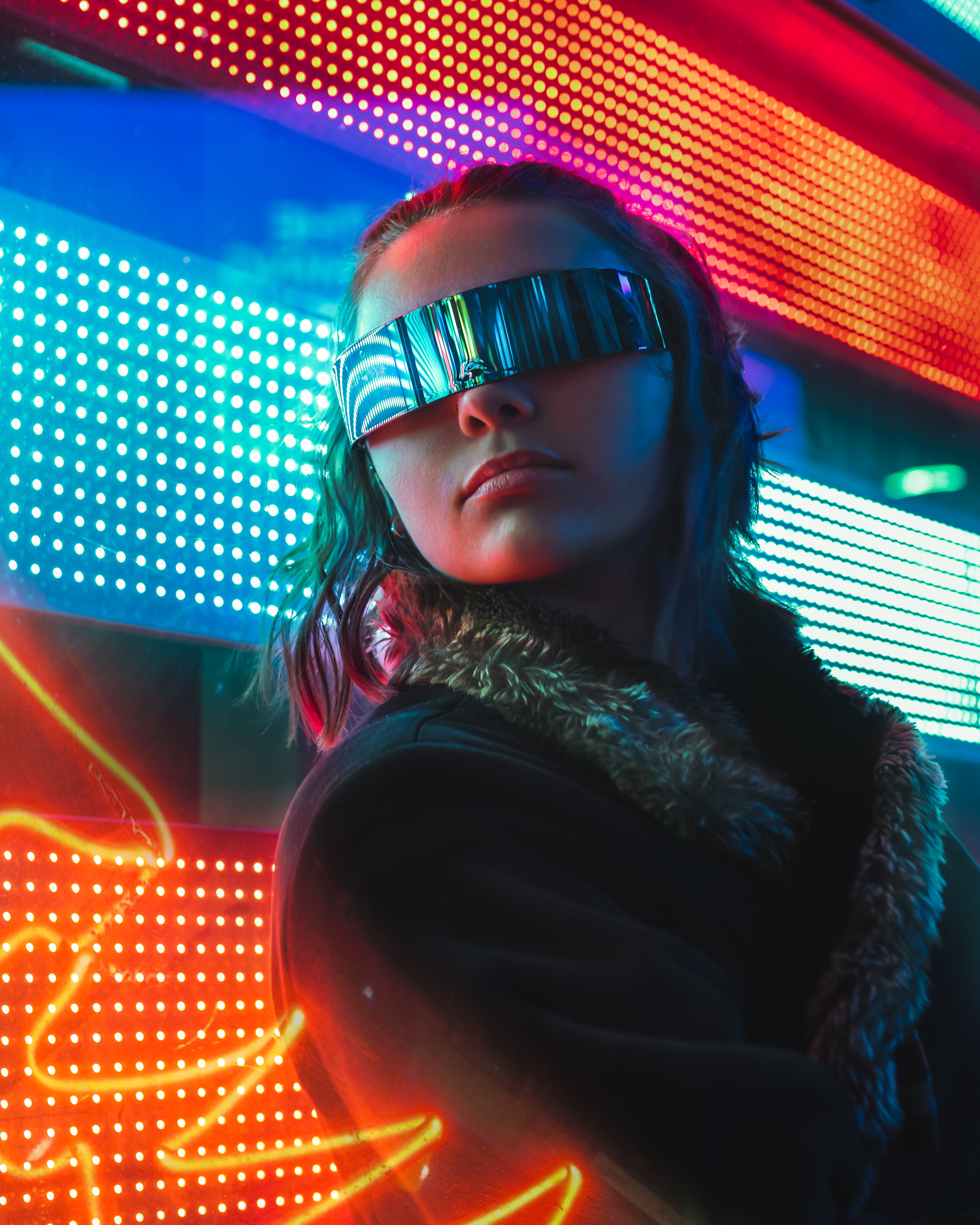
Neuromancer by William Gibson and Do Androids Dream of Electric Sheep? by Philip K. Dick are the most quintessential of cyberpunk books. International literature such as Masamune Shirow’s manga classic The Ghost in the Shell and Katsuhiro Otomo’s Japanese classic Akira help to highlight a modern interpretation of this subgenre. Popular films include Blade Runner and The Matrix.

13. Steampunk. Steampunk is a fast-growing subgenre. Such tales are usually set in the Victorian era, either in England or the American West, and presume that its characters have developed a form of high-tech.
The man who would later create the name “steampunk” was K.W. Jeter. His first steampunk novel was Morlock Night, a sequel to H.G. Wells’ The Time Machine. In this novel, the Morlocks from The Time Machine travel back to Victorian England to attack using the machine left behind by the Time Traveller in the original novel.
Another steampunk novel Anti-Ice, by Stephen Baxter, includes a newly-discovered heat source more potent than coal. Steampunk ‘Weird West’ tales are set in the US frontier, and many feature real-life pioneers and inventors. Check out YA novel, The Oculist’s Daughter. Popular films also include Mortal Engines, Wild Wild West, Hugo, and Sherlock Holmes.
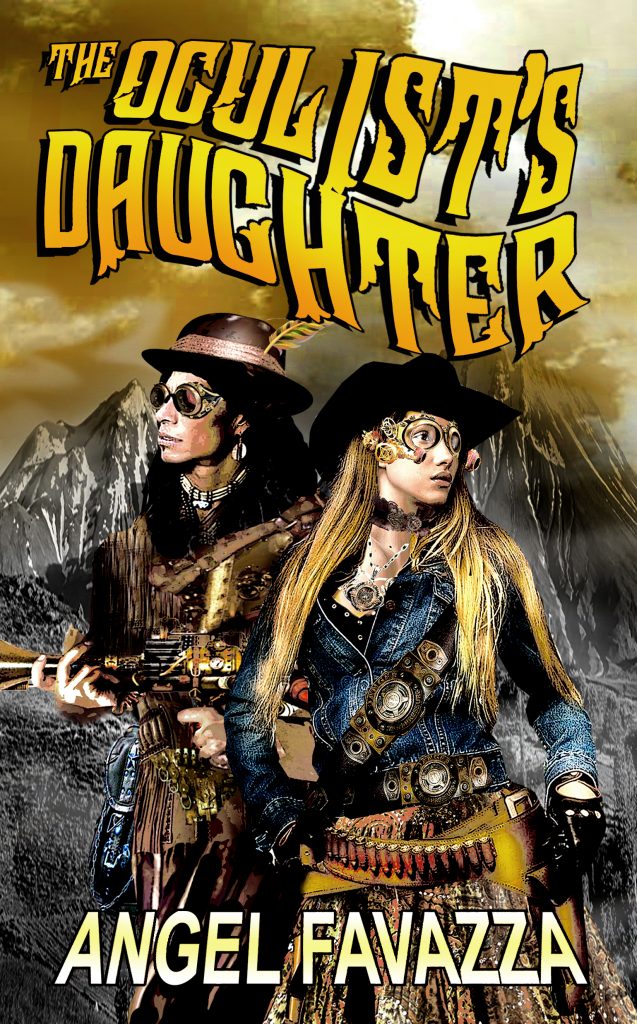
14. Alien Invasion. Alien invasion stories almost always target Earth. The classic of this subgenre is H.G. Wells’ groundbreaking (1898) novel War of the Worlds, followed by Orson Welles’ 1938 radio version. Films like A Quiet Place, Occupation, Independence Day, and Rim of the World. This subgenre often depicts an eventual human triumph over the alien invaders.

15. Xenofiction is a lesser know subgenre but it is an important one. Although Xenofiction is not a strictly a SF sub-genre. In fact, some works fall more into the Fantasy than SF. Also, Xenofiction is distinct from anthropomorphism. Let’s clarify.
According to Bestsciencefictionbooks.com “Xenofiction is all about point of view. It is a term applied to stories told from the perspective of a non-human. This could be an animal, an intelligence animal, an extraterrestrial, or any creature significantly different from a human. If you can easily replace the non-human perspective with a human one, it’s likely not Xenofiction.”
It features cultures extremely different from our own. For example, Orson Scott Card’s Speaker for the Dead and C.J. Cherryh’s The Faded Sun Trilogy.
Iain M. Bank’s novel Excession features huge sentient spaceships. Ian McDonald’s novel The Broken Land has disembodied human heads acting as malevolent characters. The Borg from Star Trek and the apes from Planet of the Apes are both popular examples.

16. Gothic. Gothic SF blurs the lines between the dark atmosphere, horror, and Gothic elements. Early examples of the subgenre include books like Mary Shelley’s Frankenstein which is largely considered the very first sci-fi novel. And Robert Louis Stevenson’s The Strange Case of Dr. Jekyll and Mr. Hyde. More recent examples include Fevre Dream by George R.R. Martin and Algis Budry’s Rogue Moon.
Films like Alien and Event Horizon can also be considered Gothic science fiction due to their trademark desolation and grimness.
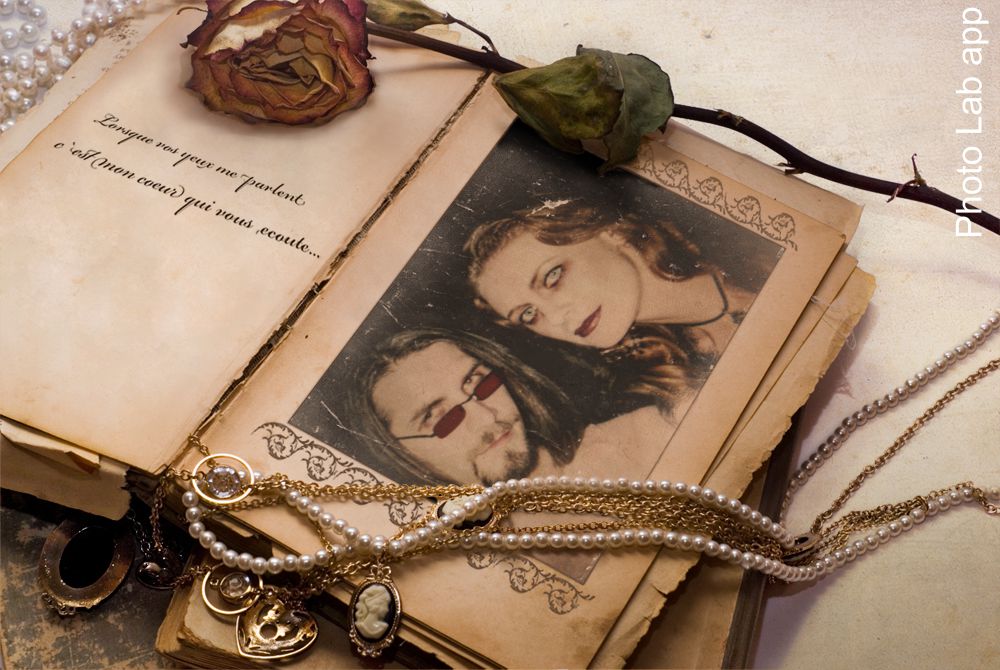
17. Parallel universe. Parallel universe books share a lot in common with alternate history. However, the major distinction is that the latter is typically set in our own reality, rather than another reality occurring concurrently.
Notable books include The Light Brigade by Kameron Hurley, and This Is How You Lose the Time War, by Max Gladstone and Amal El-Mohtar.
18. Dystopian. Dystopian fiction has a central theme of political repression and because of that, a dystopian society is the complete opposite of a utopian society. A dystopian society’s freedoms are severely restricted. One of the best examples of dystopian fiction is Gorge Orwell’s classic 1984. In most dystopian stories, the protagonist seeks to better his or her own life, if not to liberate the entire society.

Furthermore, this subgenre often depicts inquisitive heroes breaking free of a ‘birdcage’ utopia, such as the sealed city in Douglas R. Mason’s novel Eight Against Utopia. A.E. Van Vogt’s novel The Empire of Isher portrays a decadent and sybaritic world-ruling class. Margaret Atwood’s The Handmaid’s Tale depicts a disturbing puritanical ruling class.
19. Time Travel. Time Travel SF are stories in which traveling to the past or future is possible. Frequently used in SF, time travel is a natural complement to space travel. A common trope of Time Travel is paradoxes, which often are created when an event is altered.
The most popular examples are Ray Bradbury’s “A Sound of Thunder,” H.G.Wells’ The Time Machine, Kurt Vonnegut’s Slaughterhouse 5, and Stephen King’s The Dark Tower.

This is a vast subgenre, whether or not its protagonist travels in space as well. In these stories, this capability is possible, and is put to use by the characters, in secret or in public, easily or with great difficulty, and rarely or often. The effects of such historical endeavors vary in each portrayal.
Poul Anderson’s novel The Time Patrol and Neal Asher’s Cowl and Paul Levinson’s The Plot to Save Socrates are novels that depict the extreme complexities implicit in time travel.
20. First Contact. The first encounter between humans and intelligent aliens. This could be an alien arriving here, or a human astronaut reaching some inhabited world. This is a widely popular subgenre and there are literally hundreds of thousands of examples in media.

Some of the most popular examples in literature are Rendevous with Rama by Arthur C. Clarke, The Maritan Chronicles by Ray Bradbury, The War of the Worlds by H.G. Wells, Solaris by Stanislaw Lem, Contact by Carl Sagan, Remnant Population by Elizabeth Moon, and Dragon’s Egg by Robert L. Forward.
Alien invasion, hard science, space opera, and time travel are just some of the subgenres of science-fiction books and film. What is your favorite sci-fi subgenre? Check out the 12 Greatest Sci-Fi Tropes of All Time.